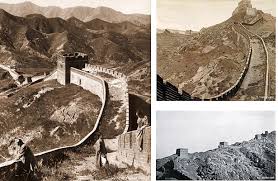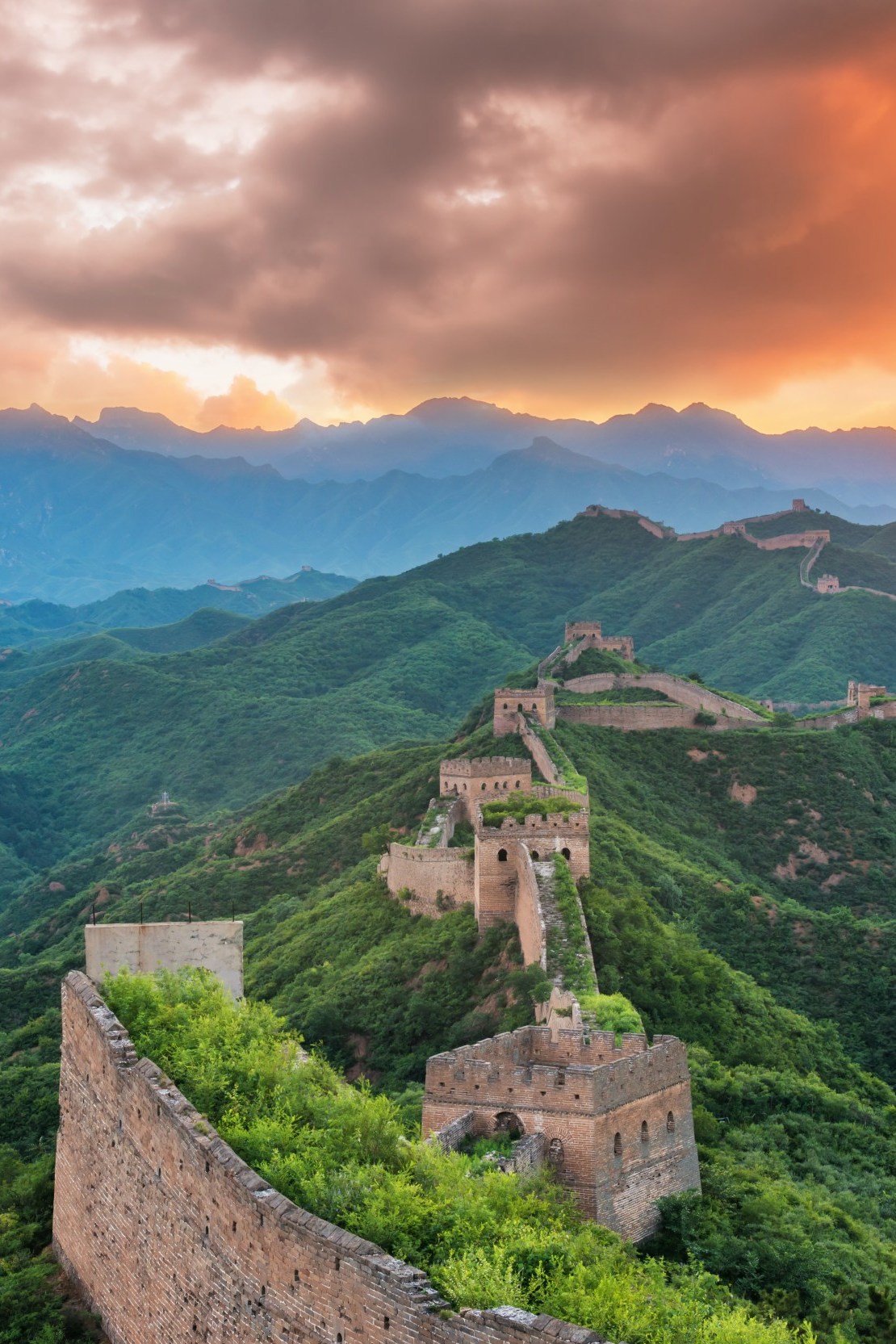The amazing Great Wall of China is one of the world’s most iconic structures, often depicted as a massive barrier built solely to protect the ancient Chinese empire from the invading Mongol hordes led by Genghis Khan. While this image is common, it doesn’t tell the full story. The Great Wall’s original purpose wasn’t just to defend China against the Mongols—it was much more complex, serving as a strategic military tool designed to control the movement of nomadic tribes, regulate trade, and secure borders across centuries of shifting dynasties.

The Wall’s True Purpose: Controlling Nomadic Shepherds
The earliest sections of the Great Wall were constructed during the Warring States period (475–221 BCE), but the most famous and enduring sections were built under the Qin dynasty (221–206 BCE) and later under the Ming dynasty (1368–1644 CE). These walls were not specifically built to ward off Genghis Khan, who came to power much later, but rather to guard against other threats like the Xiongnu, a confederation of nomadic tribes from the north. The Xiongnu had been a major source of instability for the Zhou dynasty (1046–256 BCE) and their early efforts to raid and control northern China led to the need for defenses.
Unlike large-scale invasions by organized empires, the nomads of the north—primarily groups like the Xiongnu, and later the Mongols—relied on mobility for their raids. They didn’t have large, stationary armies but rather smaller, swift groups that moved frequently. The Great Wall, in fact, became a system designed not only to block invaders but to regulate this movement, ensuring the Chinese empire could keep the nomads in check and maintain economic stability.

More Than Just a Wall of Defense
The Great Wall’s design also had other strategic functions. It helped control trade and migration along the Silk Road, with watchtowers serving as a monitoring system for people and goods crossing into China. In addition to defending against external threats, these fortifications regulated the flow of goods, ensuring that only those who paid tribute or followed Chinese rules could enter.
Additionally, the wall’s ability to control border movements allowed the Chinese to create alliances and trade agreements with northern tribes, who were often needed to secure agricultural borders and other regions. This allowed the empire to balance aggression with diplomacy in maintaining their empire’s vast size.

Genghis Khan and the Great Wall
While the Great Wall was indeed meant to keep invaders out, Genghis Khan’s Mongol Empire proved to be a different kind of threat. By the time Genghis Khan’s forces swept through northern China in the early 13th century, the Wall had already been weakened by years of neglect and internal strife. Although the Wall did pose some obstacles, the Mongols simply bypassed many of the Wall’s fortifications through superior tactics, espionage, and alliances with certain Chinese factions.
Genghis Khan’s invasions, notably the conquest of the Jin dynasty (1115-1234), demonstrated that even the most fortified walls could be overcome when the enemy had superior military ingenuity. The Mongols, despite facing some resistance, proved to be formidable foes, toppling the Wall’s psychological and tactical defenses.

The Wall as a Symbol of China’s Power
Though it didn’t prevent Genghis Khan’s invasion, the Wall nevertheless stands as a powerful symbol of China’s enduring strength. It was a complex, multifaceted defense system that protected against various threats over hundreds of years. Over time, as new challenges arose, the Wall morphed from a border defense system to an awe-inspiring historical monument that now attracts millions of visitors each year.
The next time you think of the Great Wall, remember it wasn’t just built for war—it was a physical manifestation of China’s attempt to control and regulate both its borders and its people.


